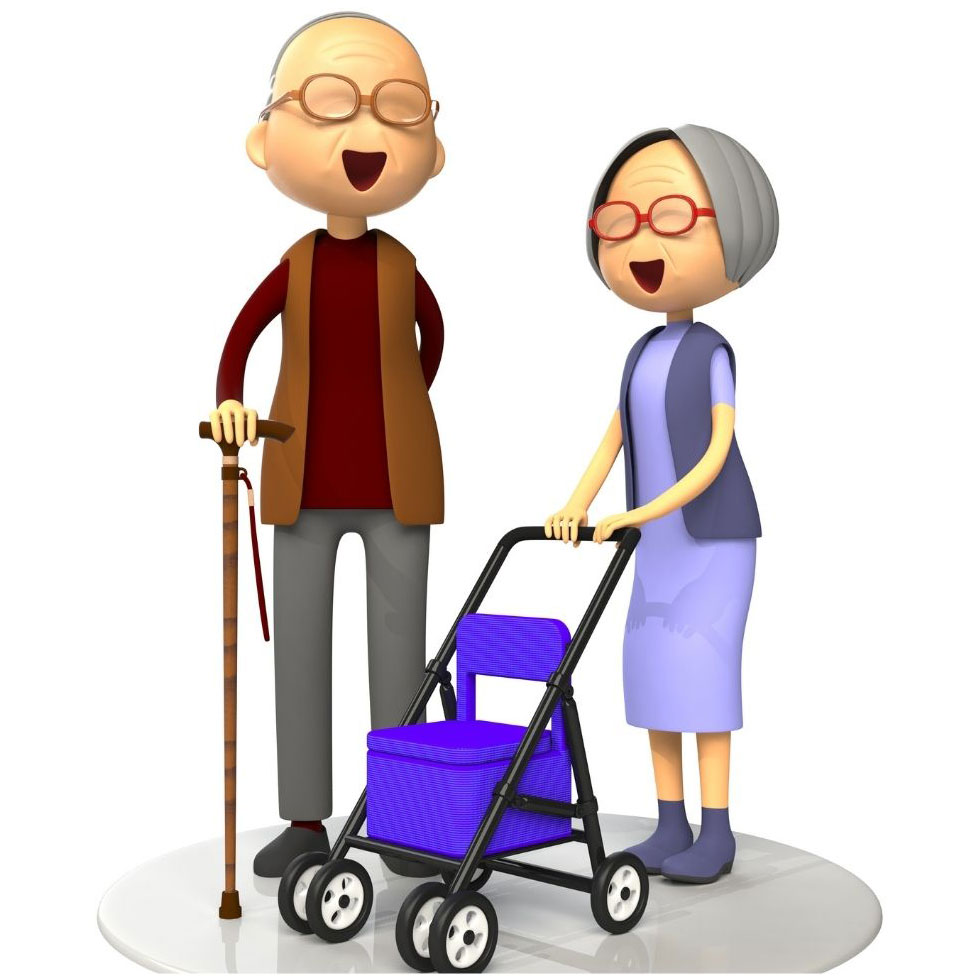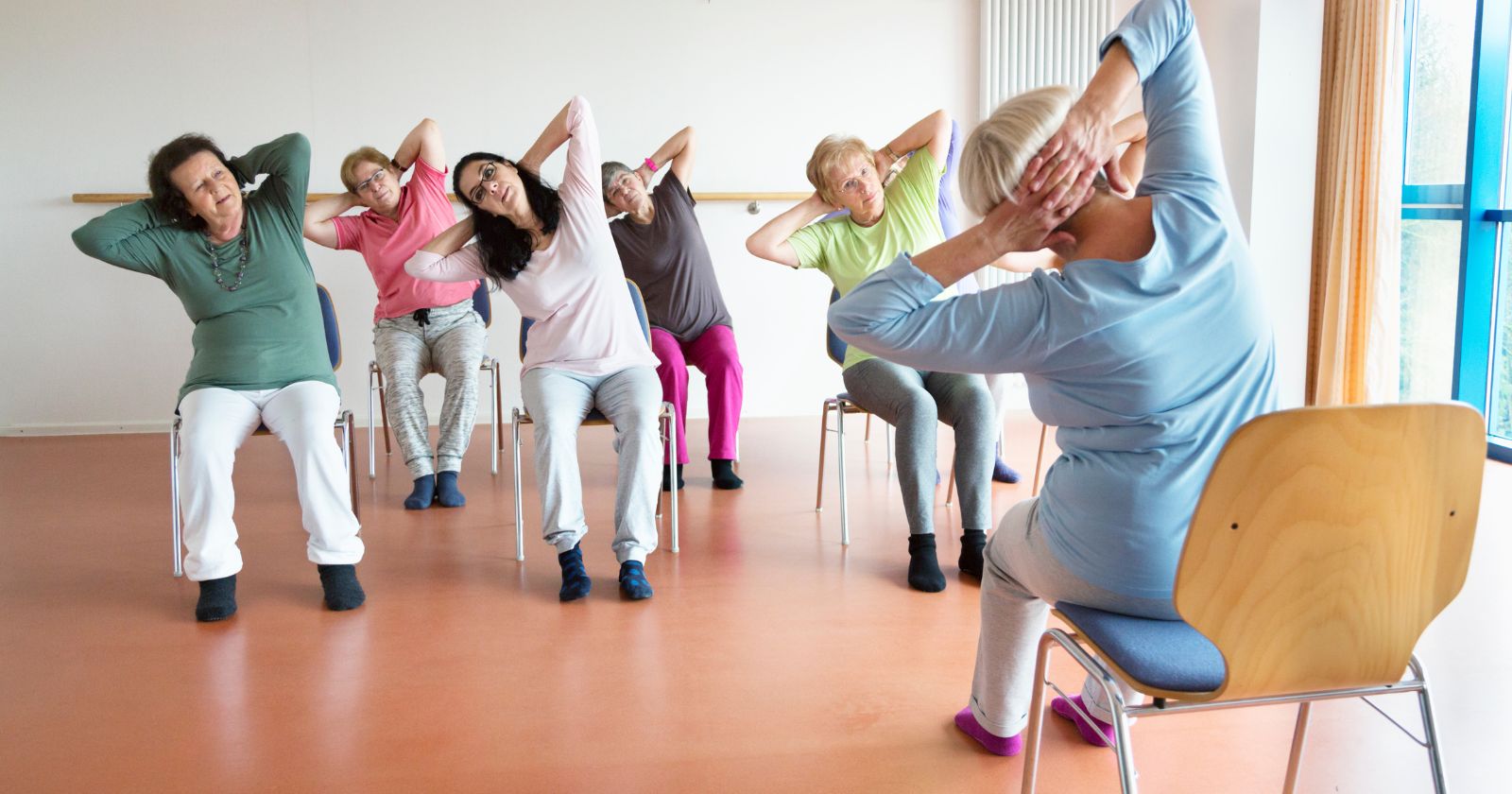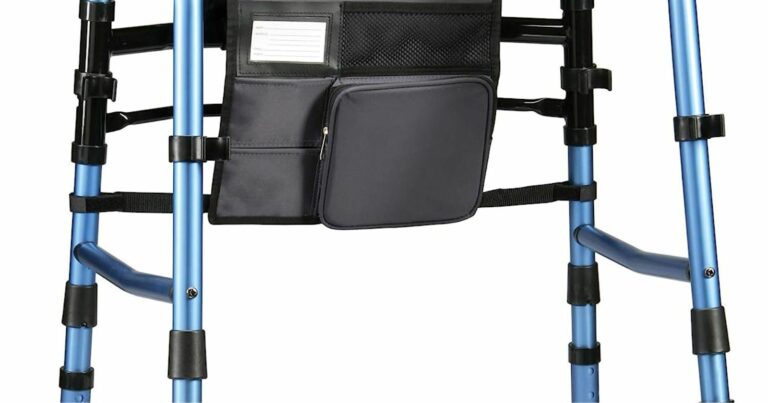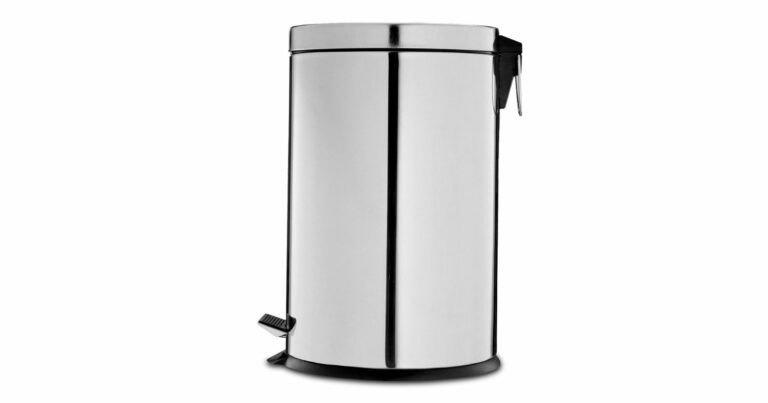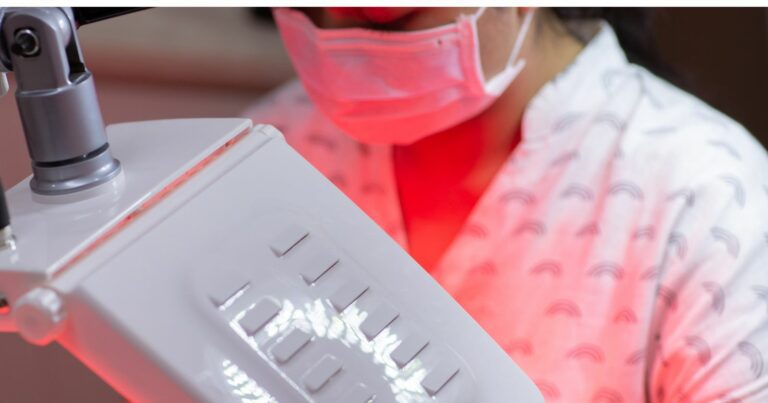Can you recall an instance where a simple misstep could have led to a severe fall? At Elderly Independence, we believe that prevention is better than cure, especially when it comes to falls in seniors. Picture living confidently, understanding the potential hazards in your environment, and armed with the knowledge to prevent falls. As an experienced advocate for senior safety, I’ve helped numerous seniors by providing actionable fall prevention strategies. If you’re a senior looking to make your surroundings safer or a caregiver wanting to reduce fall risks for your loved one, you’re in the right place.
Best Checklists For Fall Prevention. Each year, thousands of older Americans fall at home. Many of them are seriously injured, and some are disabled. In 2011, nearly 23,000 people over age 65 died and 2.4 million were treated in emergency departments because of falls.
An Ounce Of Prevention Is Worth a Pound of Cure By Benjamin Franklin – Don’t Forget It.
Falls are often due to hazards that are easy to overlook but easy to fix. This checklist will help you find and fix those hazards in your home.
This checklist is a compilations of several CDC ( Center Of Disease Control) Reports.
FLOOR SAFETY
Look At The Floor In Each Room
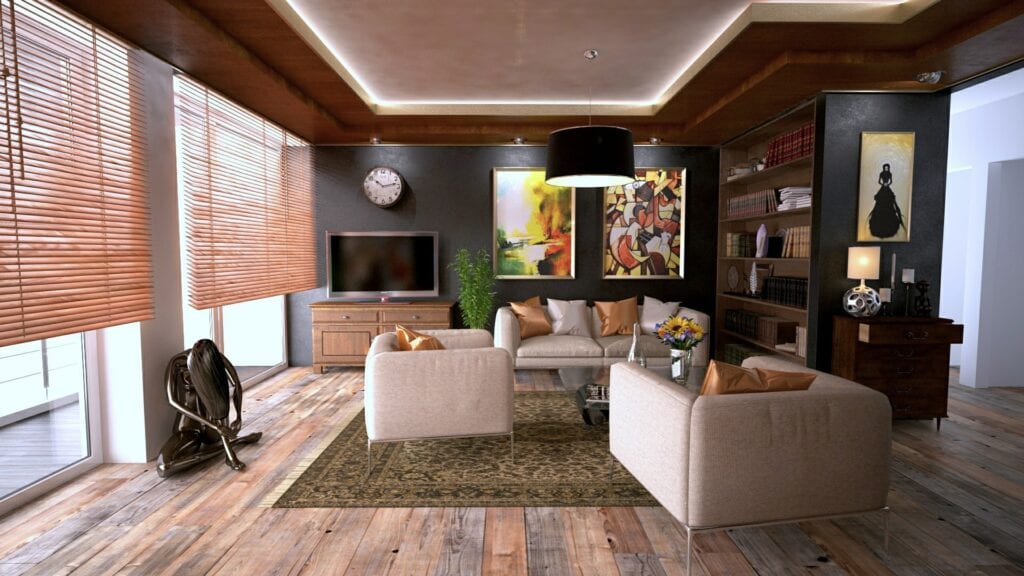
·
- When you walk through a room, do you have to walk around the furniture? Ask someone to move the furniture so your path is clear.
- Do you have throw rugs on the floor? Remove the rugs or use double-sided tape or a non-slip backing so the rugs won’t slip.
- Are there papers, books, towels, shoes, magazines, boxes, blankets, or other objects on the floor? Pick up things that are on the floor. Always keep objects off the floor.
- Do you have to walk over or around wires or cords (like a lamp, telephone, or extension cords)? Coil or tape cords and wires next to the wall so you can’t trip over them. If needed, have an electrician put in another outlet.
STAIRS AND STEPS SAFETY
Look At The Stairs You Use Both Inside And Outside Your Home
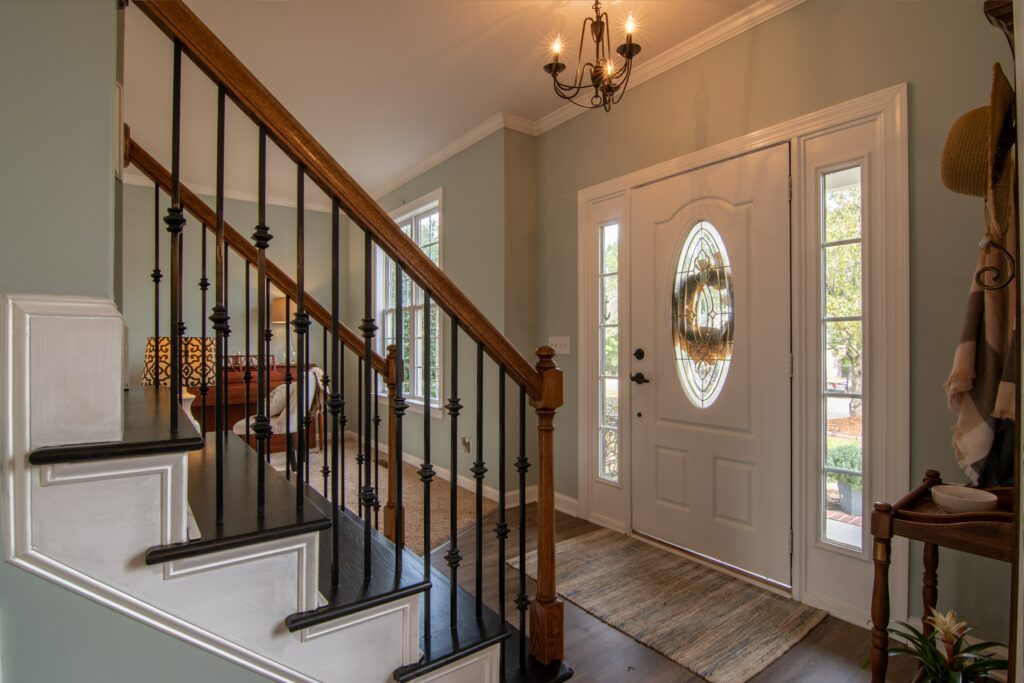
- Are there papers, shoes, books, or other objects on the stairs? Pick up things on the stairs. Always keep objects off stairs.
- Are some steps broken or uneven? Fix loose or uneven steps.
- Are you missing a light over the stairway? Have an electrician put in an over- head light at the top and bottom of the stairs.
- Do you have only one light switch for your stairs (only at the top or at the bottom of the stairs)? Have an electrician put in a light switch at the top and bottom of the stairs? You can get light switches that glow.
- Has the stairway light bulb burned out? Have a friend or family member change the light bulb.
- Is the carpet on the steps loose or torn? Make sure the carpet is firmly attached to every step, or remove the carpet and attach non-slip rubber treads to the stairs.
- Are the handrails loose or broken? Is there a handrail on only one side of the stairs? Fix loose handrails or put in new ones. Make sure handrails are on both sides of the stairs and are as long as the stairs.
KITCHEN SAFETY
Look At Your Kitchen
And Eating Area
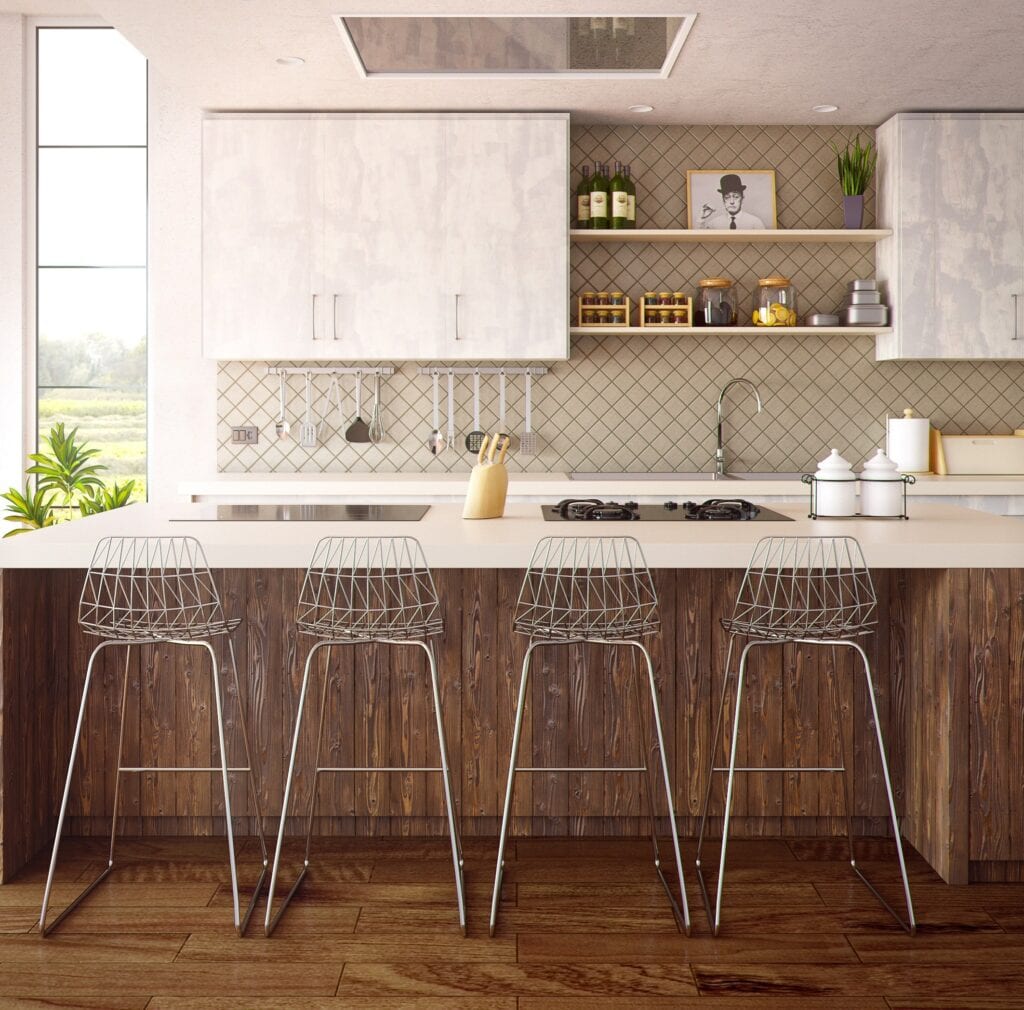
- Are the things you use often on high shelves? Move items in your cabinets. Keep things you use often on the lower shelves (about waist level).
- Is your step stool unsteady? If you must use a step stool, get one with a bar to hold on to.
- Never use a chair as a step stool.
BATHROOMS SAFETY
Look At All Your Bathrooms
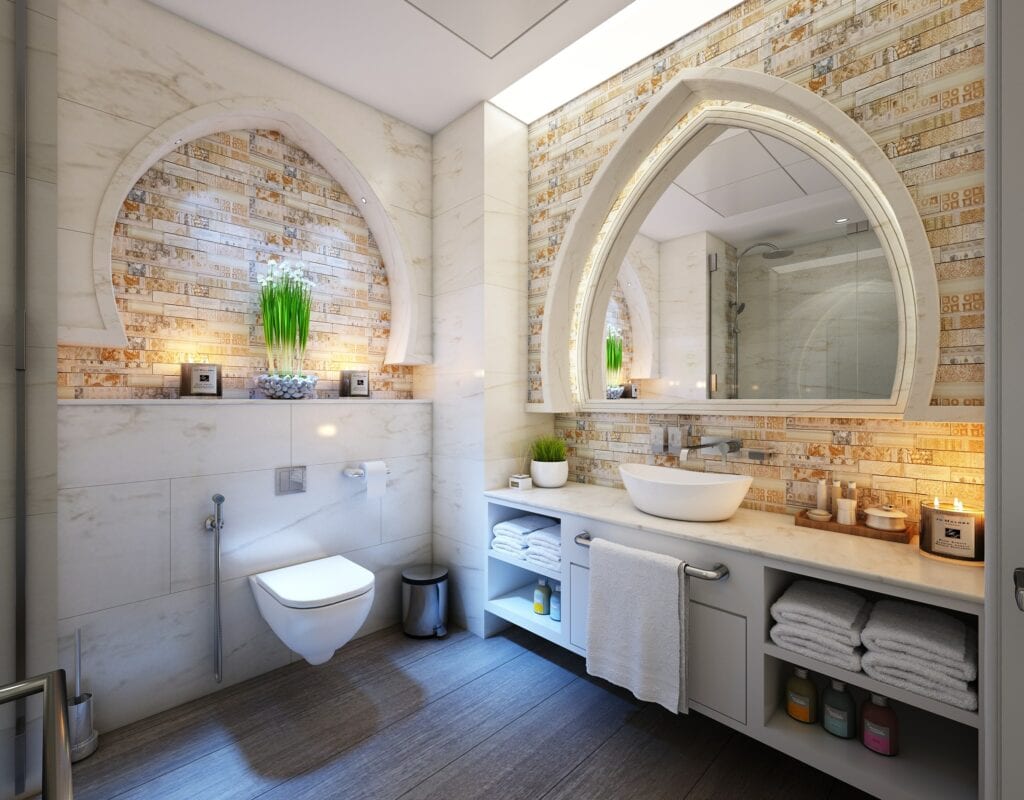
- Is the tub or shower floor slippery? Put a non-slip rubber mat or self- stick strips on the floor of the tub or shower.
- Do you need some support when you get in and out of the tub or up from the toilet?
- Have grab bars put in next to and inside the tub and next to the toilet.
Here are a few other places to check out how to be safe in a bathroom:
BEDROOMS SAFETY
Look At All Your Bedrooms

- Is the light near the bed hard to reach? Place a lamp close to the bed where it’s easy to reach.
- Is the path from your bed to the bathroom dark? Put in a night-light so you can see where you’re walking. Some night-lights go on by themselves after dark.
Here are a few other places to check out how to be safe in a bedroom:
Other Things You Can Do to Prevent Falls
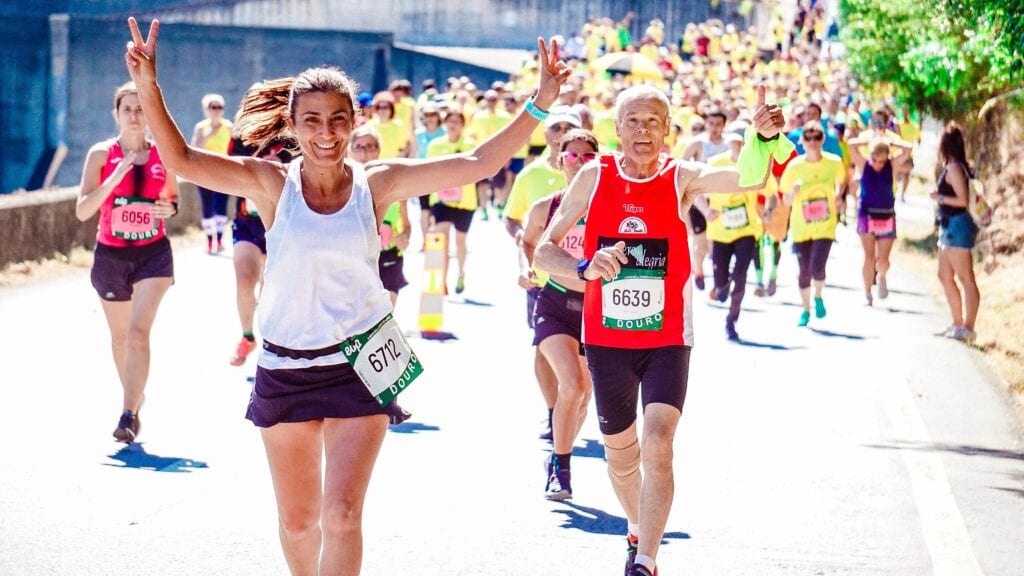
- Do exercises that improve your balance and make your legs stronger. Exercise also helps you feel better and more confident.
- Have your doctor or pharmacist look at all the medicines you take, even over-the-counter medicines. Some medicines can make you sleepy or dizzy.
- Have your eyes checked by an eye doctor at least once a year and update your glasses.
- Get up slowly after you sit or lie down.
- Wear shoes both inside and outside the house. Avoid going barefoot or wearing slippers.
- Here are a few other places to check out how to be safe in a bedroom:
- Improve the lighting in your home. Put in brighter light bulbs.
- Florescent bulbs are bright and cost less to use.
- It’s safest to have uniform lighting in a room. Add lighting to dark areas. Hang lightweight curtains or shades to reduce glare.
- Paint a contrasting color on the top edge of all steps so you can see the stairs better. For example, use a light color paint on dark wood.
Other Safety Tips
- Keep emergency numbers in large print near each phone.
- Put a phone near the floor in case you fall and can’t get up.
- Think about wearing an alarm device that will bring help in case you fall and can’t get up.
Conclusion
Final
Preventing falls is a crucial aspect of ensuring the safety and independence of seniors. With my extensive background in senior safety, I’ve curated a selection of the best checklists that can help mitigate the risk of falls. Rest assured, the tips and recommendations provided here are backed by thorough research and have your safety at heart. So, let’s embrace these checklists for fall prevention, and strive for safer, more confident living in our golden years.
